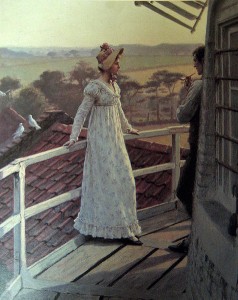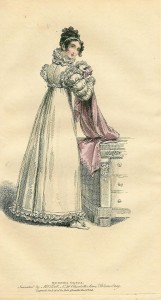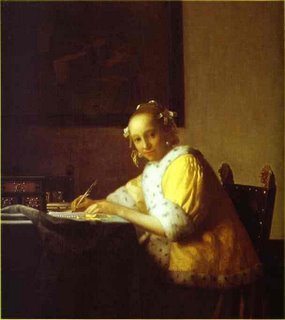 Yesterday I went to an all day workshop with Bob Mayer, who had many good things to say about bringing your germ of a story idea to fruition into a full-fledged novel.
Yesterday I went to an all day workshop with Bob Mayer, who had many good things to say about bringing your germ of a story idea to fruition into a full-fledged novel.
But he said one thing that gave me, as an author of historical romance, pause….
He said that the best way to do research was from the novels of successful authors in your genre. The best way. He mentioned a best-selling author of military thrillers who researched from other books in his genre.
Bob’s point was that readers have already shown that they like the world created by the best-selling author, so, even if it is inaccurate, it is what sells.
 In fairness to Bob, he was talking about the sorts of books he writes, not Regency romance, but it made me think about our ongoing debate about the importance of historical accuracy in “our” books. Regency authors (like our marvelous Myretta Robens) love to discuss the pros and cons of historically accurate Regencies to “wallpaper historicals” to those who just get it wrong. And we’ve often talked about the tiny Regency inventions Georgette Heyer put in her books to catch the authors who were using her for their history.
In fairness to Bob, he was talking about the sorts of books he writes, not Regency romance, but it made me think about our ongoing debate about the importance of historical accuracy in “our” books. Regency authors (like our marvelous Myretta Robens) love to discuss the pros and cons of historically accurate Regencies to “wallpaper historicals” to those who just get it wrong. And we’ve often talked about the tiny Regency inventions Georgette Heyer put in her books to catch the authors who were using her for their history.
To me part of the fun of writing historicals is to fit the real history into a story that (hopefully) will appeal to the modern reader, but that is not necessarily every historical author’s goal nor is it necessarily what every reader of historicals enjoys.
Bob did mention that the best way to research setting is to actually go to the place and see it for yourself. If that was not possible, he advocated using books, websites, videos, maps to get the setting right. He did stress the importance of getting time and distance correct, which is something that sometimes bugs me in historicals. When I read of characters sailing here and there or traveling by carriage here or there in modern rates of speed, it does pull me from the story and tempt me to throw the book against the wall.
But does even that bother readers?
What do you think? Does any of this matter to you?





